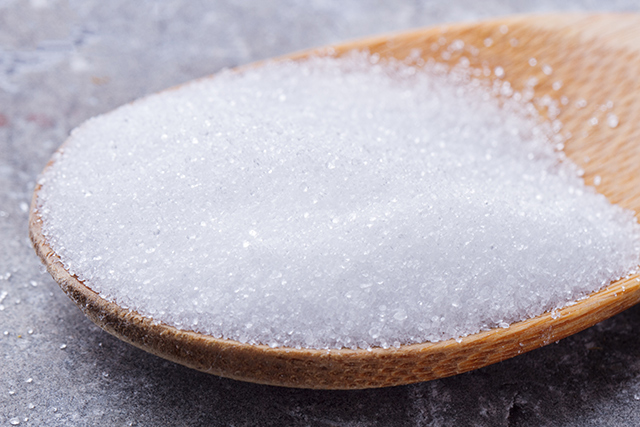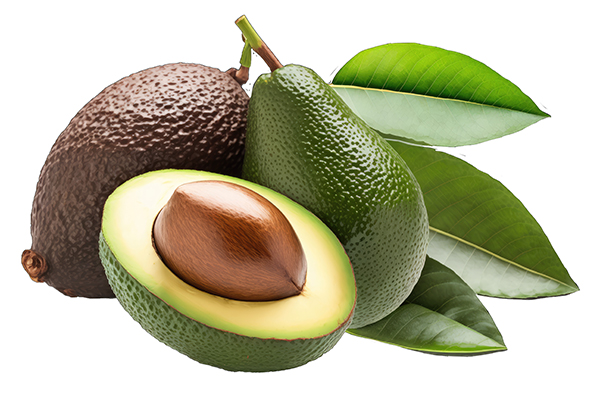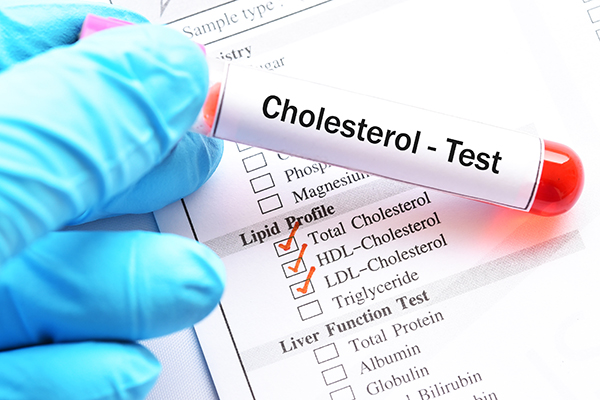
As part of the study, a team of researchers at the University of Texas Rio Grande Valley ground about 300 dried avocado seed husks into 21 ounces of powder. The powder produced three teaspoons of seed husk oil and slightly more than an ounce of seed husk wax following an additional process.
The experts were able to identify 116 compounds in the oil and 16 in the wax. Among the oil's components included heptacosane, a compound known to mitigate tumor cell growth. The team also found that the oil contained dodecanoic acid, which helped increase good cholesterol levels and reduced the risk of atherosclerosis, heart attacks and, strokes.
Likewise, the scientists detected traces of docosanol in the husk oil. The compound is the primary ingredient in manufacturing antiviral drugs for the treatment of cold sores or fever blisters. The experts also noted that the wax contained a vast number of compounds such as butylated hydroxytoluene, an antioxidant food additive and preservative commonly used in cosmetics.
Researchers said they will alter several of the natural compounds found in the husk to develop better drugs with fewer side effects.
"It could very well be that avocado seed husks, which most people consider as the waste of wastes, are actually the gem of gems because the medicinal compounds within them could eventually be used to treat cancer, heart disease and other conditions. Our results also suggest that the seed husks are a potential source of chemicals used in plastics and other industrial products," researcher Dr. Debasish Bandyopadhyay told the Daily Mail online.
The results were presented at the National Meeting of the American Chemical Society in Washington, D.C.
Potential implications in cancer, heart disease management
The recent findings may very well show potential in addressing and preventing the onset of cancer and heart disease, both of which remain to be the leading causes of death worldwide.
According to the World Health Organization (WHO), cardiovascular disease (CVD) remains to be the leading cause of death around the world, killing more people than any other causes. Data from a WHO fact sheet revealed that CVD accounted for nearly 18 million global deaths in 2015 alone. This rate equated to 31 percent of all deaths worldwide.
The fact sheet also showed that 7.4 million of these deaths were associated with coronary heart disease, while 6.7 million were due to stroke. More than three quarters of all CVD-related deaths around the world occurred in low- and middle-income countries.
Heart disease can be mitigated by addressing risk factors such as tobacco and alcohol use, unhealthy diet, obesity, and lack of exercise.
In another WHO fact sheet, cancer was recognized as the second leading cause of morbidity and mortality across the globe. According to the fact sheet, about 14 million new cancer cases were recorded in 2012 alone. Data also revealed that the number of cancer cases worldwide is expected to increase by about 70 percent over the next two decades. (Related: Global cancer rates to skyrocket by 70% over next 20 years as conventional medicine fails.)
Cancer accounted for 8.8 million global deaths in 2015. The fact sheet also noted that the disease was responsible for nearly one in six deaths around the world. Data also showed that 70 percent of cancer-related deaths across the globe occurred in low- and middle-income countries.
Tobacco use remained the leading cause of cancer, followed by disease-causing infections such as hepatitis and the human papilloma virus.
Sources include:
Please contact us for more information.























